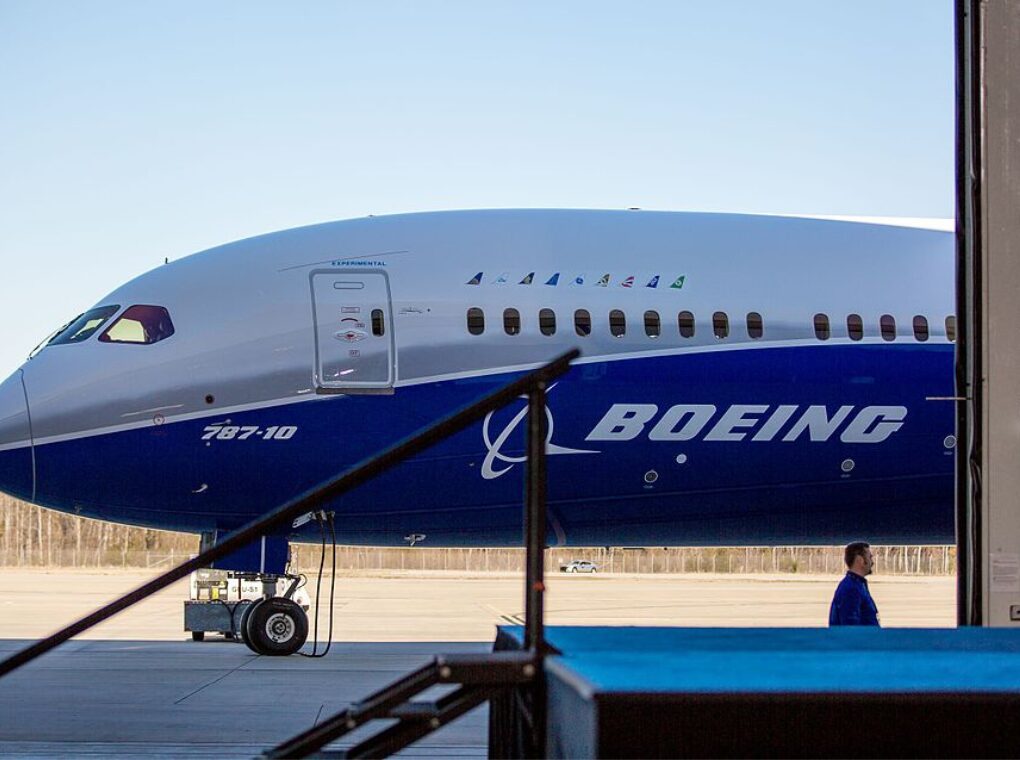Tragedy struck the Indian skies on Thursday as Air India Flight AI171, a Boeing 787-8 Dreamliner, crashed shortly after takeoff from Sardar Vallabhbhai Patel International Airport in Ahmedabad. The aircraft, bound for London Gatwick, was carrying 242 people, including passengers, pilots, and crew. Only one person survived.
The crash marks a devastating chapter in aviation history — it is the first fatal accident involving the Boeing 787 8, a flagship aircraft celebrated for its innovation and safety record. The loss has sent shockwaves through the global aviation community.
Moments After Takeoff: Catastrophe Unfolds
At 1:39 PM IST, Flight AI171 departed from Runway 23. Within seconds, the aircraft reached an altitude of roughly 625 to 825 feet before a mayday call was issued. Moments later, communication was lost.
The plane crashed into the Meghani Nagar neighborhood — a densely populated area northeast of the airport. Witnesses reported a massive fireball and thick plumes of smoke engulfing the area. Emergency services, including twelve fire brigades, were immediately dispatched to the crash site. Rescue operations continued into the evening.
Initial reports confirm over 260 fatalities, including both those on board and civilians on the ground. Among the injured is former Gujarat Chief Minister Vijay Rupani. The sole survivor is reported to be a British national seated near an emergency exit, who managed to escape from the wreckage after the aircraft reportedly split in two.
An Unprecedented Failure
Takeoff-phase crashes are rare in modern aviation, and experts say this points to a catastrophic systems failure — mechanical, human, or potentially security-related. The aircraft involved, registration VT-ANB, was delivered to Air India in 2014.
The crash has triggered a full-scale investigation led by India’s Aircraft Accident Investigation Bureau (AAIB), with support from the U.S. National Transportation Safety Board (NTSB) and the UK Air Accidents Investigation Branch (AAIB). The aircraft’s black boxes — containing flight data and cockpit voice recordings — have been recovered and are currently being analyzed. Preliminary findings may take months, while a full report could take years.
Boeing Under Renewed Scrutiny
The timing of this disaster is particularly damaging for Boeing. The U.S. aerospace giant is already grappling with multiple safety controversies.
In March 2025, whistleblower John Barnett, a former quality manager at Boeing, was found dead in an apparent suicide after accusing the company of using substandard parts in 787 aircraft. He also raised concerns that up to 25% of emergency oxygen systems may be defective. Another former engineer, Sam Salehpour, warned that improper fuselage assembly on the 787 could lead to long-term structural weaknesses. Boeing has denied the allegations, but investigations remain ongoing.
These revelations follow a string of damaging incidents, including two 737 MAX crashes in 2018 and 2019 that claimed 346 lives, a resulting global grounding, and a $2.5 billion settlement. Earlier this year, a 737 MAX 9 experienced a mid-air door plug blowout, prompting another FAA audit.
In the wake of the Ahmedabad crash, Boeing shares dropped nearly 8% in premarket trading. The FAA has since revoked Boeing’s self-certification privileges, marking a significant policy shift toward stricter regulatory oversight. CEO Dave Calhoun has announced plans to step down by the end of the year.
Aviation Safety at a Crossroads
In India, Civil Aviation Minister Ram Mohan Naidu is overseeing the response efforts, and Prime Minister Narendra Modi has called for a federal investigation. Air India and international leaders have expressed their condolences, but public demands for accountability are mounting.
This tragedy raises serious questions about aviation oversight, manufacturing standards, and corporate responsibility.
For the families of those lost on Flight AI171, no technical explanation will ease the pain. But the investigation must answer one central question:
How could one of the world’s most advanced aircraft suffer such a catastrophic failure, just moments after takeoff?
Until those answers arrive, the aviation world faces a reckoning. The crash of AI171 is not just an Indian tragedy — it’s a global wake-up call. In an age where passengers trust cutting-edge aircraft with their lives, safety must be grounded in transparency, accountability, and the unrelenting pursuit of improvement.
